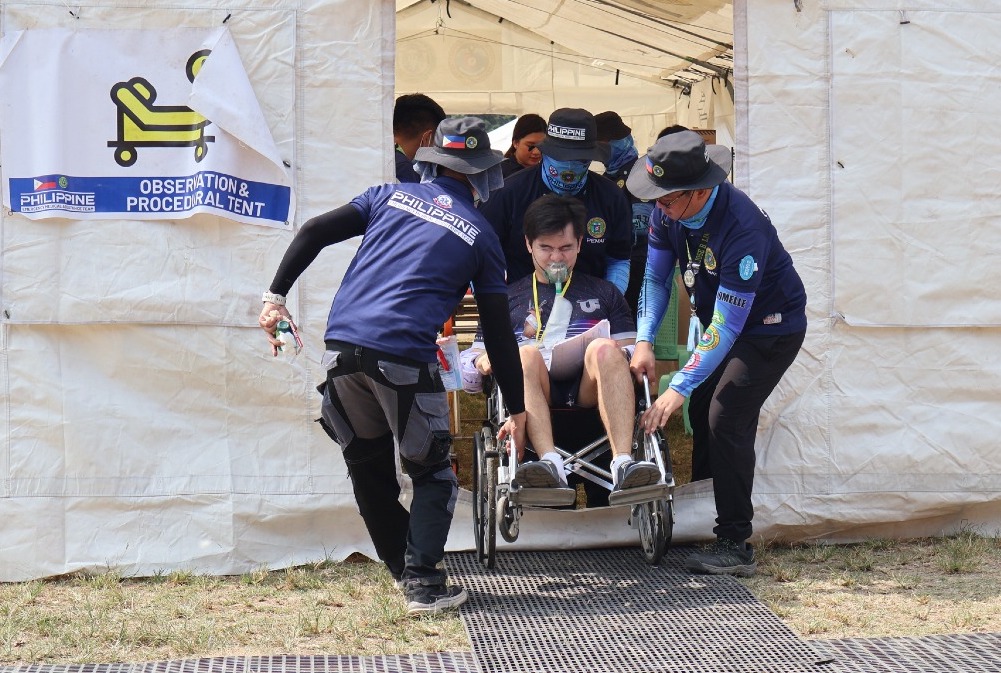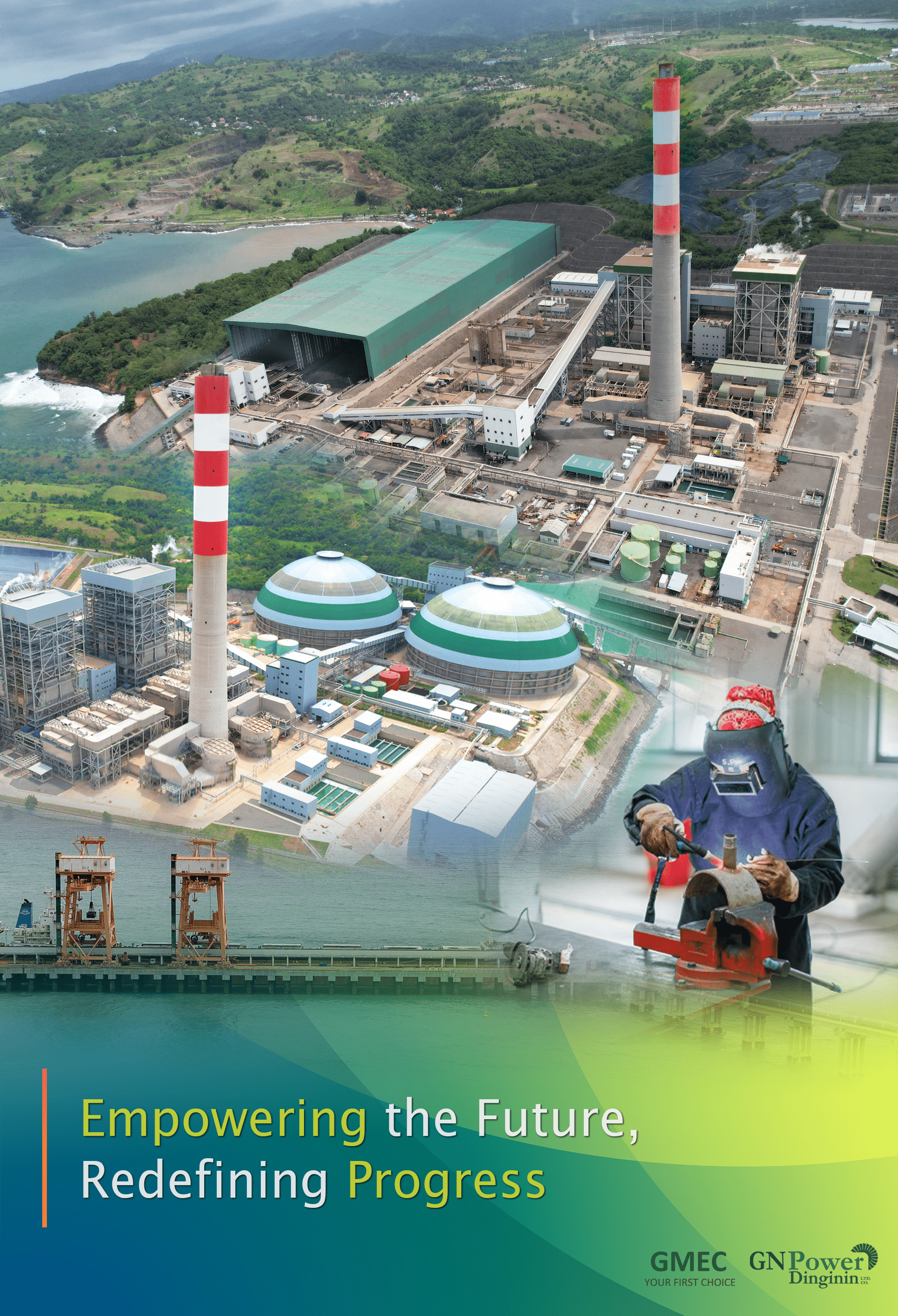
CLARK FREEPORT ZONE, Pampanga – The Philippine Medical Association (PMA), in partnership with the Asia Pacific Alliance for Disaster Management Philippines (A-PAD PH) and the Philippine Disaster Resilience Foundation (PDRF) conducted the country’s first medically focused large-scale simulation for earthquake inside Clark Freeport Zone.
The landmark initiative dubbed as “Frontline: Tripartite Medical Simulation Drill for Disaster Risk Mitigation 2025” aims to unite stakeholders from the public and private sector, health institutions, and humanitarian organizations to address key gaps in disaster response by creating an integrated and efficient emergency medical response system in the face of complex disasters.
Held over two days, the simulation mimicked the aftermath of a 7.4-magnitude earthquake and tested how emergency medical teams assimilate into local response systems, emphasizing logistics, coordination, and sustainability in deployment.
“This is really an initiative of the Philippine Medical Association in partnership with PDRF and APAD, to really have a medically focused drill. When the Big One happens, no one team can act on their own. We need to pool and utilize all our resources,” PMA President Hector Santos said.
Unlike previous simulations that broadly tackled rescue and evacuation, the exercise zeroed in on medical teams like the World health Organization-recognized Philippine Emergency Medical Assistance Teams, their self-sufficiency, multidisciplinary integration, and readiness to engage in real-world emergency scenarios.
“The key difference of this event is that this is really an initiative coming from the private sector. We believe the private sector should really be doing its part, especially right now with the worsening impact of climate change,” A-PAD PH President Gilbert Albero said.
The simulation also integrated international best practices from Japan, Myanmar, and Turkey, providing a global lens to the local context.
“This kind of cooperation is very, very important…we can identify challenges, and facing those is an opportunity,” PeaceWinds Representative INABA Mototaka said.
The organizers also affirmed that the drill was designed not just for training but as a policy-shaping initiative.
Evaluation results and lessons learned will be compiled and submitted to national agencies such as the Office of the Civil Defense and the National Disaster Risk Reduction and Management Council.
“Learning from the drill is a document that will be used to enhance or update the policies on international and local teams. We want to test the mechanisms that have already been developed,” Philippine College of Emergency Medicine President and Frontline 2025 Drill Master Jeremy Cordero said.
Additionally, a proposed policy on enhancing collaboration between private and public sectors is underway based on outcomes from the exercise.
According to Clark Development Corporation (CDC) Vice President for Security Services Lina Sarmiento, Clark was chosen not only for its modern infrastructure and accessibility, but also for its strategic importance in disaster logistics and public safety.
CDC, which hosted the event, is expected to be the first responder in case of a major disaster in the area.
“With a daytime population ranging from 50,000 to 70,000, and thousands of workers and visitors moving through the zone daily. Clark’s complexity makes it a critical testing ground for disaster response and coordination,” Sarmiento said.
Ultimately, the simulation seeks to foster seamless coordination among local, national, and international responders, reduce duplication of efforts, and elevate disaster response standards in the Philippines.
“Instead of acting in silos, being one really would have the ultimate power of one. We are saying we are one,” PDRF President Rene Meily said.
Plans are also in place to replicate the simulation exercise in other regions, with hopes of standardizing response mechanisms nationwide.
“We would like to work with the government in a seamless way so we would be able to operate. That’s why we have this tripartite collaboration,” Santos pressed.
Similar simulation exercises were also conducted in Japan and Taiwan by the group. (CLJD/MJSC, PIA Region 3-Pampanga)




